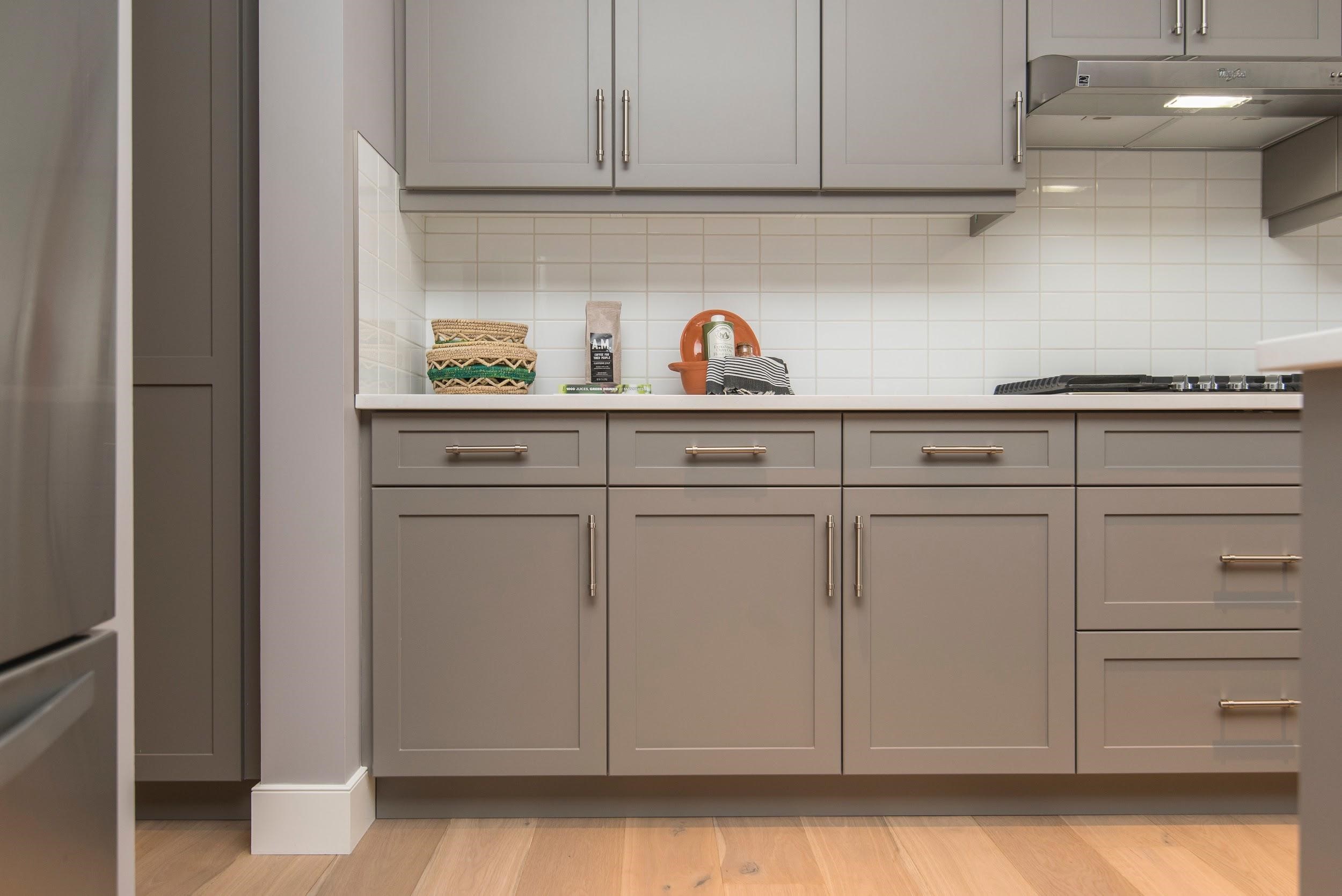Accessible Homes are Forever Homes: How to Buy a House You Can Live in No Matter What
 This guest article was written by Patrick Young based in Colorado. ableusa.info or patrick@ableusa.info
This guest article was written by Patrick Young based in Colorado. ableusa.info or patrick@ableusa.info
If you suddenly became disabled, would you have to move? Imagine how stressful selling, buying, and moving would be in the midst of a life-changing disability.
If that sounds unbearably stressful, you should think about accessibility before you buy your next home. Good health is never a guarantee, and there’s a high possibility that someone in your family will experience disability someday. (According to the CDC, nearly 14 percent of Americans have a disability affecting their mobility.) Whether that’s due to illness or injury, or simply due to growing older, an accessible home makes life with physical limitations much easier.
An accessible home doesn’t need to look institutional. In fact, many of the features that make a home accessible are already popular among buyers: Things like first-floor master suites, step-free entrances, and garage parking make homes more accessible for people with disabilities, but they’re also convenient features for people without.
Smaller details make an impact too. If you’ve ever had to open a door with an armful of groceries, you know how much easier it is with a levered door handle rather than a knob. Lever handles are also gentler on people with arthritis and other wrist and hand dexterity issues. You might not be thinking about arthritis now, but older relatives will certainly appreciate it when they visit.
These are some other features that will make your next home more accessible:
- Walkways and driveways that are level or have minimal slope
- Walkways, doorways, and hallways at least 32-36 inches wide
- Landing space both inside and outside of the main entrance. Outdoor landings should include an awning or roof for comfort in inclement weather
- Open-concept floor plans without long, narrow hallways
- Spacious rooms with enough square footage to maneuver a wheelchair or other mobility aid around furniture
- Electrical outlets raised above ground level
- Hardwood or similar flooring. Avoid plush carpeting and hard flooring like stone or ceramic that becomes slippery when wet
- Grab bars in bathrooms. Grab bars are easily disguised as towel racks, toilet paper holders, and other bathroom accessories to avoid an institutional feel
- A walk-in shower (½-inch lip or less) on the main floor. Walk-in showers are both accessible and modern, making them an excellent design choice for contemporary homes
- Pulls, levers, or push mechanisms on cabinets, rather than knobs or latches
- Variable- or adjustable-height workspaces in the kitchen. A freestanding table-height island is a good solution for homes that don’t come with this feature pre-installed.
It’s not always possible to find a house with every accessible design you want, but many changes are easy to make before moving into a new home. When you schedule a locksmith to rekey the locks, have them install a smart keypad lock too. Need to buy appliances for the new house? Choose an oven and stove with front controls and a refrigerator with French doors and a bottom-freezer for improved accessibility. Other changes you might want to make before move-in day include swapping standard light switches to rocker-style, motion-activated, or smart switches, swapping out door and cabinet hardware, and redoing cabinets to include pull-down and pull-out storage. You could wait to make these changes, but renovating is always easier in an empty home.
As with any new home, and regardless of accessibility, you’ll need a thorough inspection to ensure major systems work efficiently, the roof is in good shape, and to check for any other red flags. Signs that the HVAC system needs attention include poor heating and cooling, dirty filters, and an older furnace and AC unit. When it comes to the roof, look for signs of leaks in the ceilings, black patches or broken or flipped shingles. Depending on the home and what the sellers are prepared to address, you may have to handle these repairs yourself. Be sure to figure in the cost of any repairs when you negotiate with the seller. A roof repair, for example, could cost thousands, and if you need to make this type of repair, you should expect to pay less for the home. Otherwise, it will be in your best interest to look elsewhere. With the end game being a forever home, you want a place that has been taken care of and that won’t be a money pit.
Don’t wait until disability happens or your 65th birthday to start thinking about your home’s accessibility. When you factor home accessibility into your purchasing decision, you can buy a home that’s livable no matter what curveballs life throws your way. For more help finding a home that will see you through every stage of life, reach out to your local real estate agent and get expert advice on your accessible house hunt.
Image via Unsplash